Do GED Test Scores Expire or Is It Non-Expiring?
The General Educational Development (GED) test is an alternative pathway to earning a high school equivalency diploma for individuals who did not graduate from traditional high school.
Over the years, many people have benefited from the GED program to pursue higher education or enhance their career prospects. One common question is, do GED test scores expire? In this article, we will explore this question and clarify the validity of GED scores based on official reports.
Rules on GED Score Validity
The GED testing service, the organization responsible for developing and administering the GED test, sets specific guidelines regarding the validity of GED scores. So, do GED test scores expire? No, they don’t. It means that your accomplishment is recognized indefinitely.
The GED testing services streamlined this test in 2014, reducing the number of subjects to four: reasoning through language arts, mathematical reasoning, science, and social studies. Scores for each subject are on a scale of 100 to 200, with a passing score of 145. Additionally, test-takers can obtain an overall GED score, which is the average of their four subject scores.
As such, the acceptance of pre-2002 scores varies from one institution or employer to the other due to substantial changes in the test’s content and scoring system over time. While some institutions might still consider 2002 series GED test scores, many now require candidates to have passed the 2014 series or a more recent version.
Scores from the 2014 series GED test are generally widely accepted and recognized as valid. However, because policies regarding GED scores can differ among institutions and employers, individuals should always verify the specific requirements of the organization they’re applying to or enrolling in. Furthermore, the GED testing service offers official guidelines on the scores.
Benefits of Non-Expiring GED Scores
Continued Education
Having a GED credential with non-expiring scores allows individuals to pursue higher education. Whether you decide to attend college immediately after obtaining your GED or you choose to do so several years later, your credential will still be valid.
Career Opportunities
Many employers require a high school equivalency if you didn’t complete high school. With non-expiring GED scores, you can confidently apply for jobs throughout your career without worrying about the validity of your educational qualification.
Military Service
A GED credential is often accepted instead of a high school diploma when joining the armed forces. Non-expiring GED scores ensure that you meet the eligibility requirements for military service, even if you decide to enlist several years after earning your GED.
How to Improve Your GED Score: When to Retake GED
You can retake the GED test to improve your scores. The GED testing program allows individuals to retake specific subjects or the entire test multiple times. However, there are some factors and guidelines to consider.
For example, there’s a waiting period between attempts. This period may vary depending on your state or testing center, and it’s a time for you to review and prepare for the test again.
While you can retake the GED test, there may be a limit on how many times you can take it within a specific timeframe. Hence, check with your local GED testing center or the organization that administers the test in your area to understand their specific policies.
Additionally, you’ll likely need to pay a fee each time you retake the GED test. Bear this in mind while planning your target score and how many times you’re willing to retake the test. Further, check the availability of GED testing centers in your area and schedule your retake accordingly. Some locations may have limited testing slots.
Before retaking the GED test, engage in focused preparation. Consider using study materials, online resources, or enrolling in GED preparation classes to improve your knowledge and skills in the tested subjects.
When you retake the GED test, they record the highest score from each subject. Hence, if you perform better in a specific subject during your retake, the improved score will be used to calculate your overall GED score.
What is the GED Test?
Now, after discussing all the above, talk a bit, too, about what is the GED Test for.
The GED test is a series of exams set by the GED testing services to assess an individual’s knowledge and skills in core subjects, including mathematics, science, social studies, and reasoning through language arts.
When you pass these exams, GED testing services award you a credential equivalent to a high school diploma. Hence, your score is like your high school GPA.
Like with any education program, the process starts with determining your eligibility. Generally, GED candidates must be at least 16 years old, not enrolled in high school, and meet any additional state or local requirements.
Fortunately, you can sit for this high school equivalency exam at an adult education center, community college, or other testing center in your region. Therefore, when you register, you also select your testing center.
Next, you need to be GED-ready, so you enroll for classes at a community college or adult education center. Alternatively, enroll in private GED-ready classes to boost your self-study sessions. Your local adult education center or community college can also guide you on where to get learning resources and local student groups to join.
Most GED-ready classes will take you through GED placement testing to assess your abilities.
This placement testing checks your understanding of various areas covered in GED evaluation since you don’t have a high school GPA.
In addition to helping your instructors know your knowledge level, placement testing benefits you. It makes you understand the type of evaluation and topics to expect in the GED program.
After completing the exam, you receive your high school GPA equivalent within a few hours to a few days, depending on the testing center’s procedures. If you pass all four subject areas, you receive your GED certificate.
Types of GED Scores
Last, but of course not least, the different types of GED Scores so you would be able to familiarize yourself with what these are all about.
Standard Scores
Standard scores are the most common. They’re scaled scores reflecting how you performed on each subject test. These scores are typically on a scale of 100 to 200 points. Further, the minimum passing score for each subject may vary by state or jurisdiction, but it’s usually around 145 to 150.
GED Test Score
It’s the sum of the scores on all four individual subject tests. As such, it represents your overall performance on the GED exam and can range from 400 to 800 points. To pass the GED test and earn your GED credential, you usually need a minimum total score of around 580 to 600, although this requirement can vary by location.
Percentile Rank
The percentile rank indicates how you compare to other test-takers who took the test within a specific time frame, typically the past three years. For example, if your percentile rank is 75, you scored higher than 75% of test-takers who took the GED during that period. This score provides a sense of your relative performance.
GED College-Ready Score
Some jurisdictions use the GED College-Ready score to determine if you’re eligible for college-level courses without needing additional remediation. Achieving this score demonstrates that you have the knowledge and skills necessary to succeed in credit-bearing college courses.
GED College-Ready Plus Credit Score
In addition to the College-Ready score, the GED program offers a College-Ready Plus Credit score. This score signifies that you have the skills for college and qualify for college credits.
GED Honors Score
Some states or jurisdictions offer an Honors score for those who excel on the test. It’s for individuals who score significantly higher than the minimum passing score on each subject test.
Conclusion
No, GED scores do not expire. Once you’ve successfully passed the GED test and earned your credential, it is valid for life mostly. Hence, you can pursue higher education, career opportunities, and military service without concerns about the expiration of your GED scores.
However, check with your local GED testing center or relevant authorities to verify specific policies and regulations in your jurisdiction, as rules may vary.
FAQs
What is the lowest passing score for a GED?
The lowest passing score for the GED test is typically 145 for each of the four subject areas: reasoning through language arts, mathematical reasoning, science, and social studies. Test-takers must score 145 or higher in each subject to earn their GED credential.
Can I still use my GED scores if I took the test many years ago?
Yes, you can. The GED testing service credential allows you to pursue higher education or employment opportunities throughout your life.
Do different states or regions have varying policies regarding GED score expiration?
While GED requirements vary across most states and regions, generally, GED scores remain valid regardless of where you earned your credential.
Do GED Test Scores Expire or Is It Non-Expiring? Read More »

















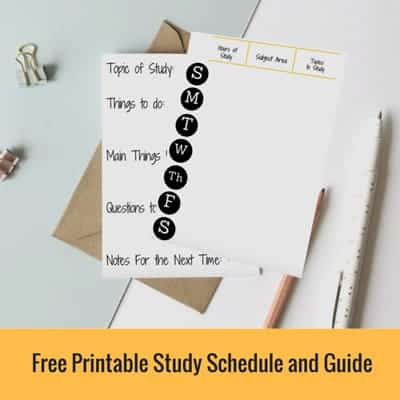


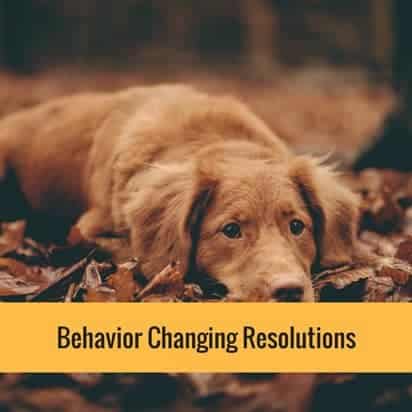


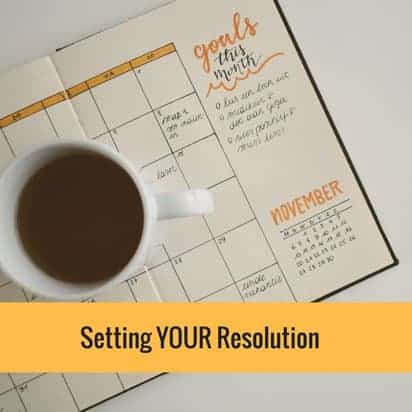










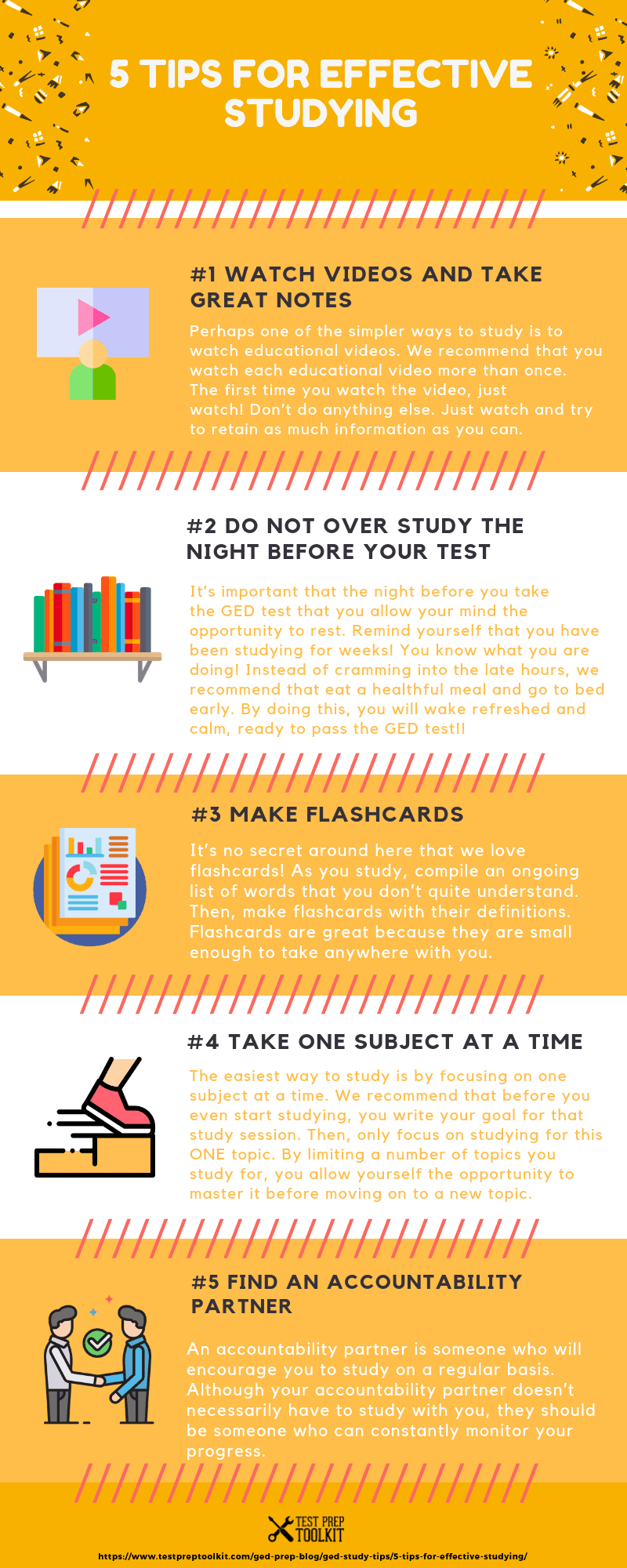
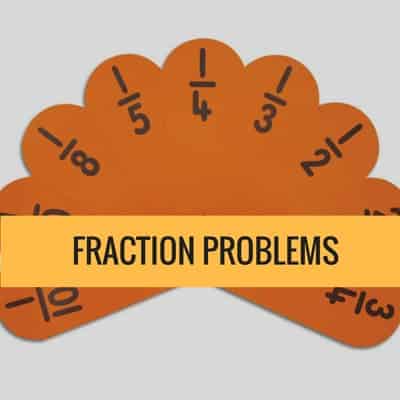


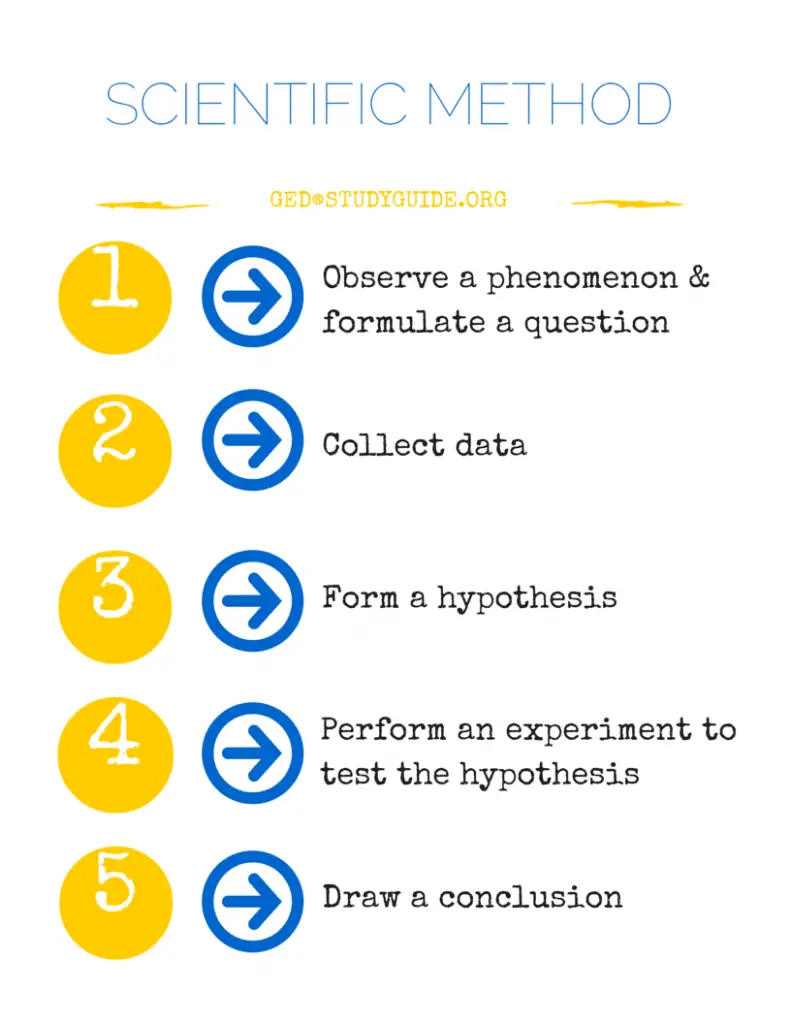

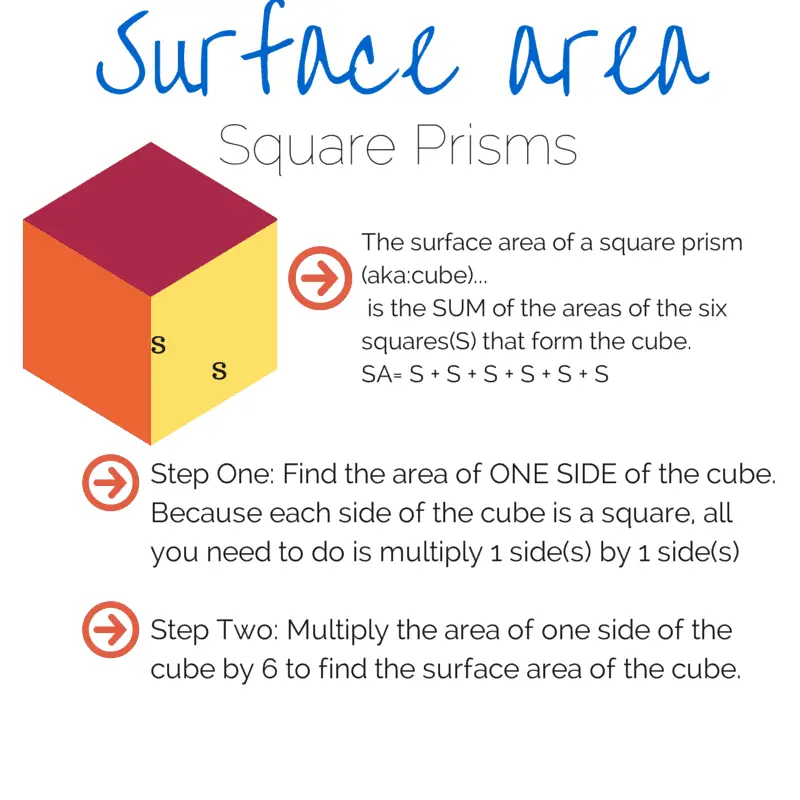
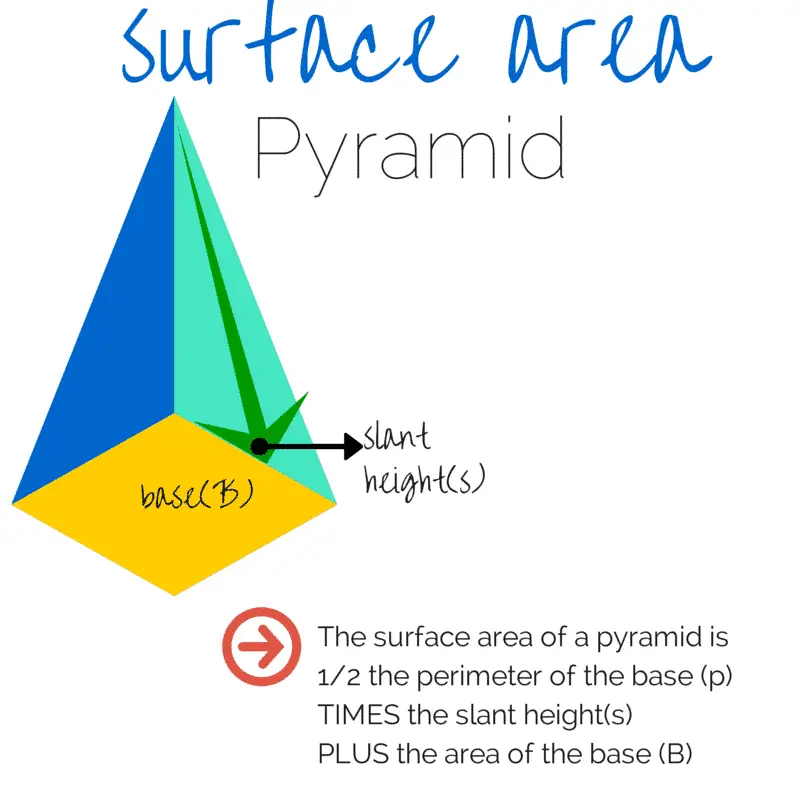


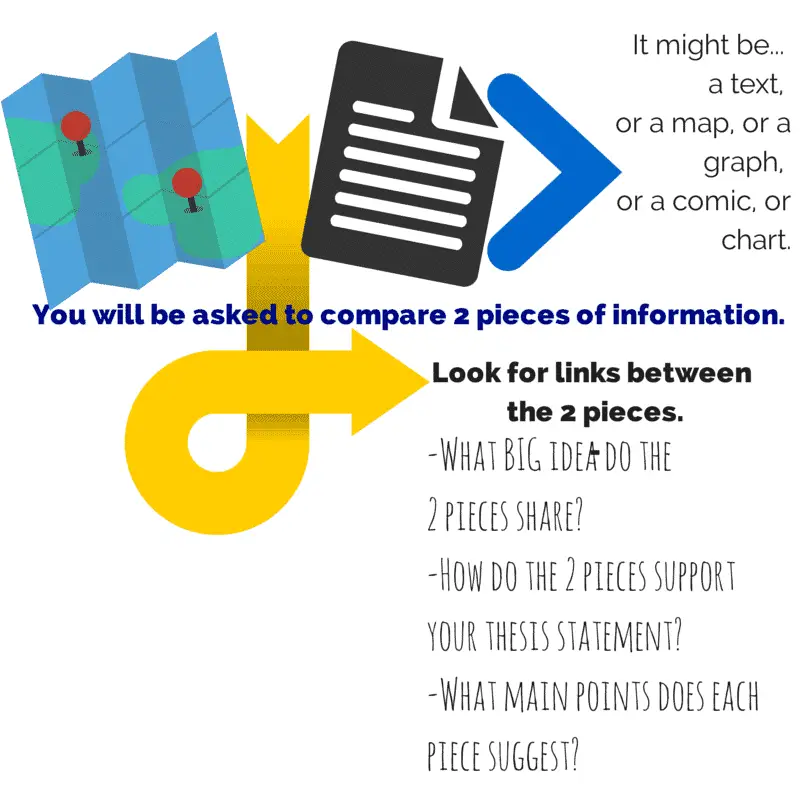

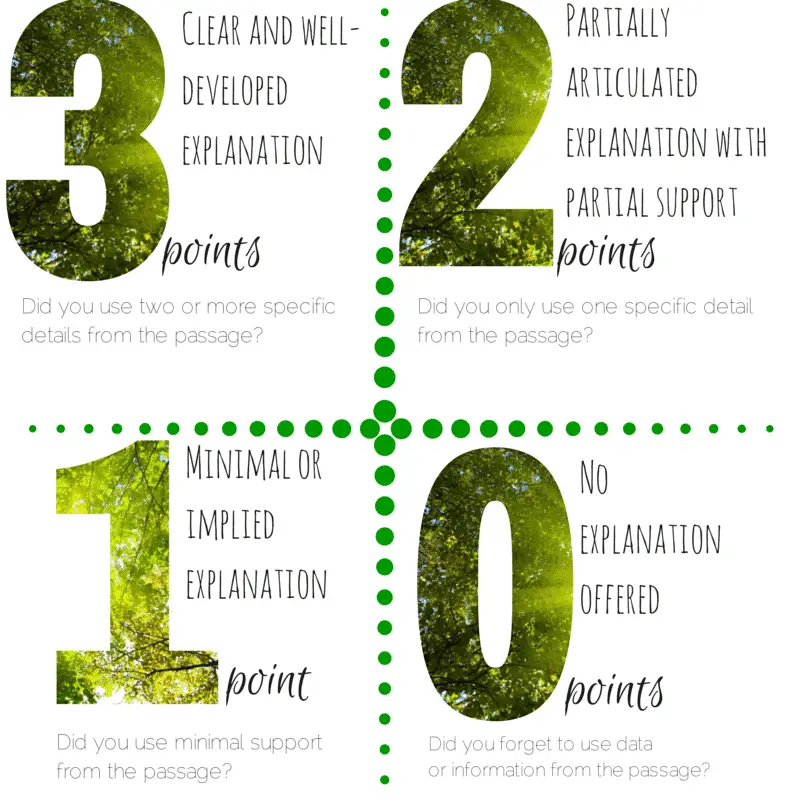

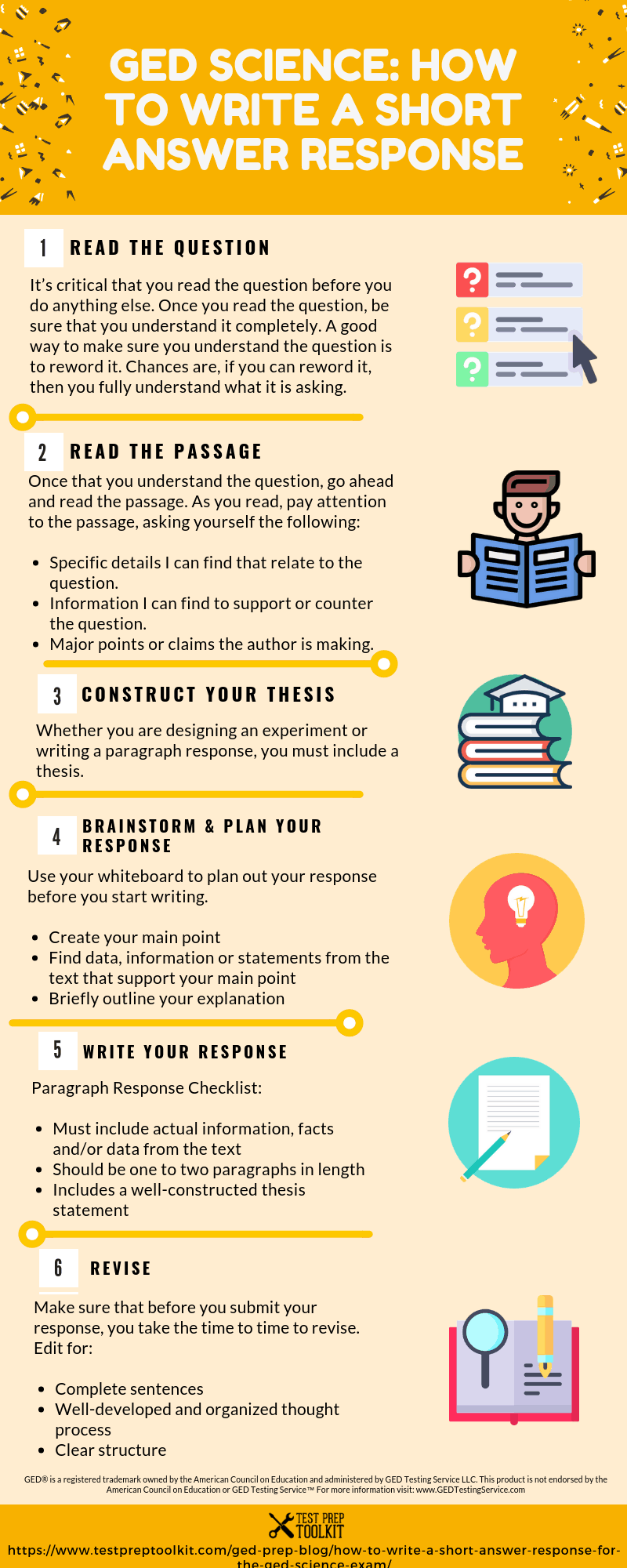

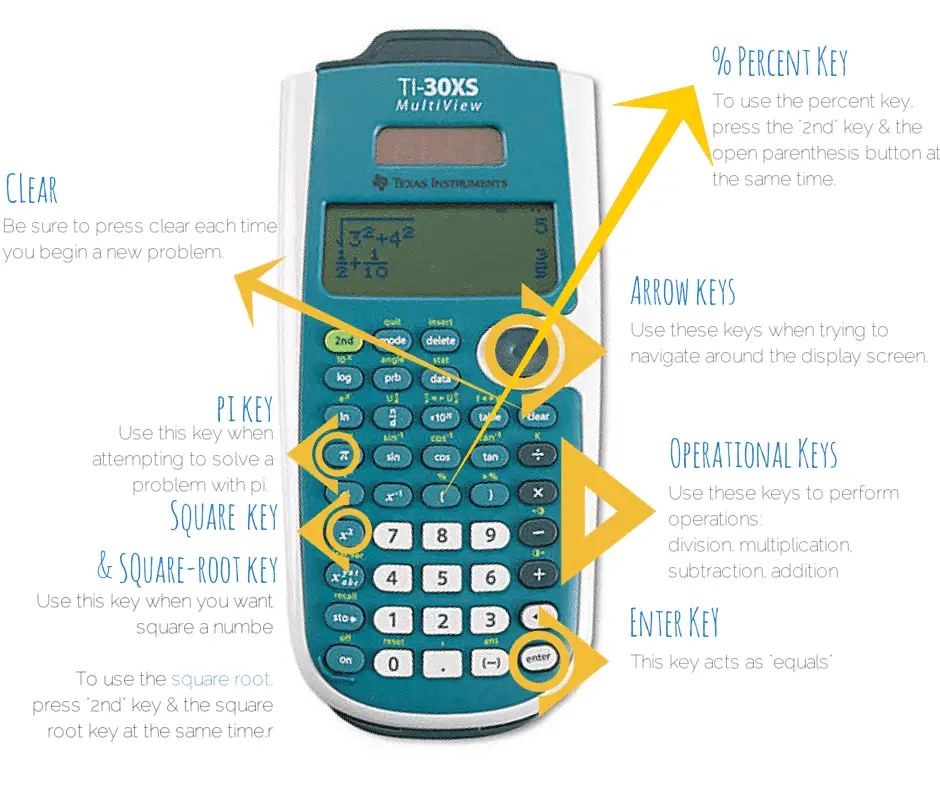

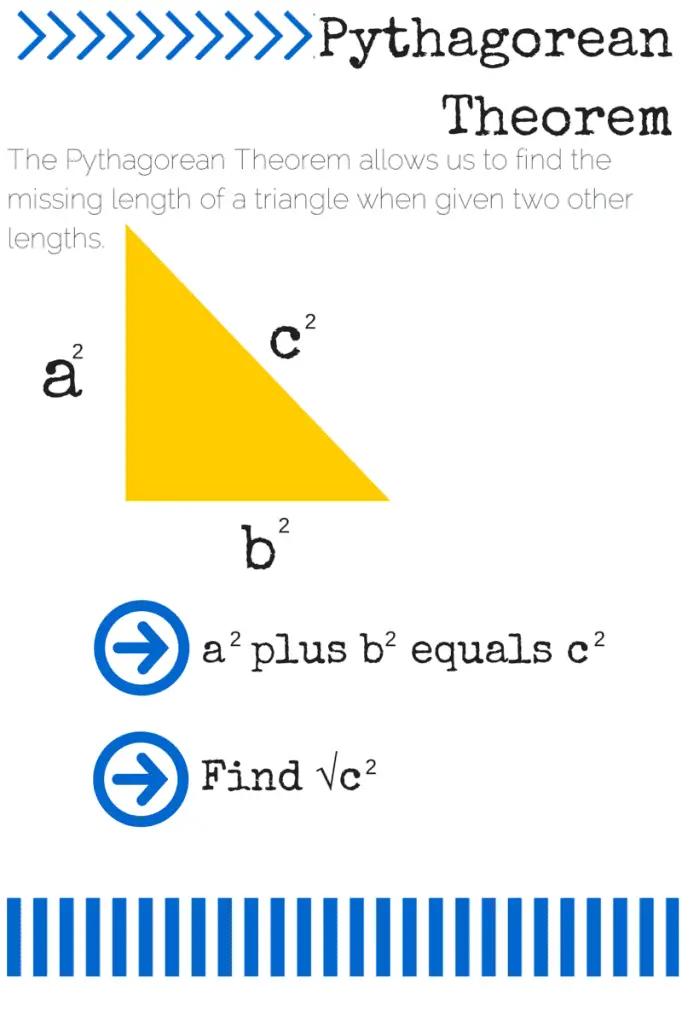











 The water was clear as diamonds. (Simile)
The water was clear as diamonds. (Simile)
 If there is one thing I can emphasize about doing well on a reading test, it is to READ WITH INTENTION! When you’re reading for a test, it’s very different than when you are reading for pleasure, or even when you are reading to study.
If there is one thing I can emphasize about doing well on a reading test, it is to READ WITH INTENTION! When you’re reading for a test, it’s very different than when you are reading for pleasure, or even when you are reading to study.






